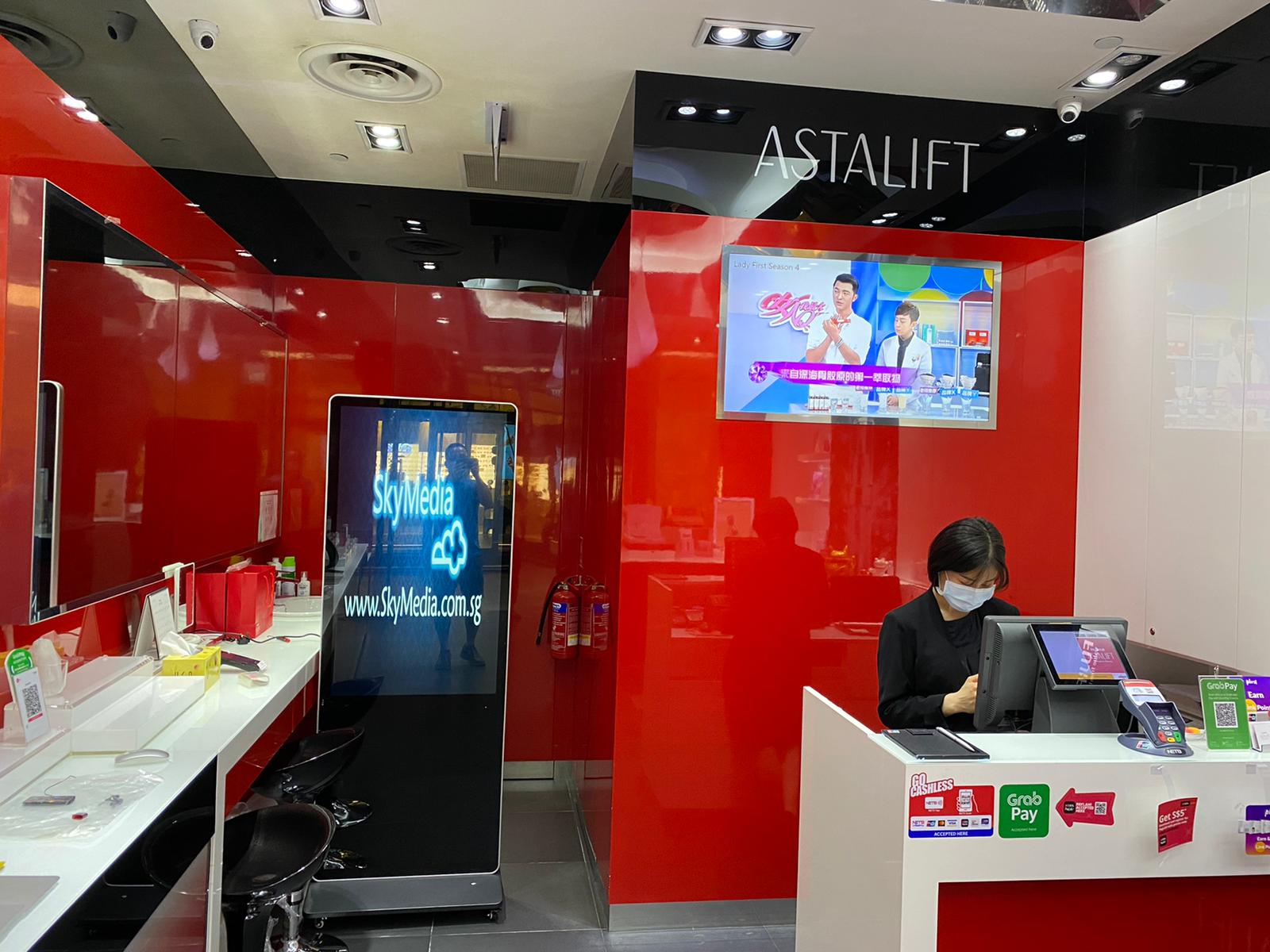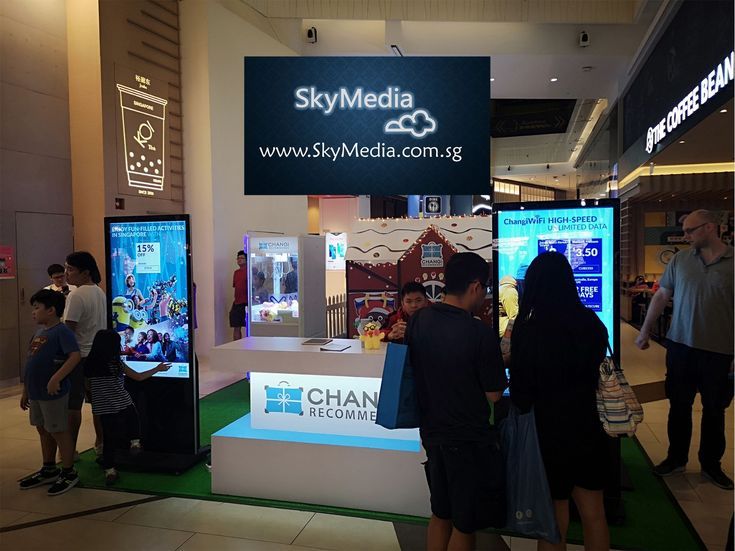How to Create Engaging Digital Signage Content-Best Practices
The fast pace of today’s digital world makes it tough, if not impossible, to get the attention of your audience. That’s where digital signage comes into play. Whether it be retail, hospitality, the corporate world, or public places, digital signage is one of the most effective means of reaching your audience to deliver your message and move them to action. However, impactful content creation in digital signage needs more than good design; it actually needs some strategic thought. Here are some best practices to follow in creating compelling content on digital signage:
1. Keep It Simple and Focused
When developing digital signage content, less is often more. Keep your message clear and readable with one glance. People are normally on the go when engaging with digital displays; hence, limit your content to just one key message or call-to-action per slide. Refrain from cluttering your screen with too much text or information.
Pro Tip: Headlines should be 3-5 words; overall word count per slide should be less than 20 words.
2. Use High-Quality Visuals
The very first thing the audience will notice is your visuals. Leverage high-resolution images, sharp graphics, and clean typography that capture attention. Let all your visual elements be aligned with the identity of your brand to ensure coherent views that are professional in appeal.
Pro Tip: Employ striking colors, bold fonts, and high contrast from the background for readable display when viewed from a distance.
3. Use Motion with Discretion
Motion graphics, not to mention video pieces, are good to draw eyeballs. However, too much motion on your screen will overwhelm viewers. By being mindful of this, it’s appropriate to judiciously use animations or videos to draw the viewer’s attention toward very important messages or transitions without distraction.
Pro Tip: If, in general, an animation is to be included, it should be smooth and less than 10 seconds. If a video is on a loop, it should be short, preferably between 15-30 seconds.
4. Readability is Key
When creating designs for digital signage, there are few factors considered as important as font size and style. Choose large, bold fonts that will be easily readable from several distances. Avoid extremely stylized fonts, which may be difficult or time-consuming to read. Contrast is key – light text on dark backgrounds or vice versa to maximize readability.
Pro Tip: A good rule of thumb is to use font sizes between 20 and 30 points for body text and larger for headlines.
5. Make Much of Data-Driven Content
One of the strongest aspects of digital signage is its real-time nature. Add live feeds to update social media, news tickers, stocks, and weather, among others, in order to keep your content fresh and relevant. Data-driven content can also be tailored for specific audiences or times of day to make your signage even more stimulating.
Pro Tip: Connect your digital signage to dynamic content sources to automate updates and keep relevancy high.
6. Optimize for Placement
Where your digital signage is placed affects the kind of content you show. High-traffic areas may need big, attention-grabbing visuals while quieter environments allow for more detailed messaging. Consider the viewing angle, distance, and lighting conditions in designing your content.
Pro Tip: Always test your content in the real-world location to make sure it looks and performs as expected.
7. Include a Strong CTA
Digital signage content should always have an obvious and clear call to action. Whether you want people to go to your website, follow your social media accounts, or take advantage of a special offer, ensure the CTA is noticeable and easy to follow.
Pro Tip: Utilize action words such as “Visit,” “Call,” or “Order Now” to drive engagement and prompt immediate action.
8. Consistency with Your Branding
Consistency in branding across all channels is an important aspect, and digital signage should not be an exception to this rule. This means that whatever shows up on the platform should express the branding through color schemes, company logos, font style, and even tone of voice.
Pro Tip: Design templates for all of your digital signage using brand guidelines for ease in creating new content without compromising consistency.
9. Refresh Your Content
Stale content, outdated content, or just too little content may make your digital signage far less effective. Keep fresh content with frequent updates of the messaging. Promotions, seasonal content, and event-specific messaging will keep the audience interested in returning for more.
Pro Tip: Plan your digital signage content with a content calendar to schedule updates and make sure the content is always relevant.
10. Measure and Adjust
Like any other marketing strategy, digital signage content should be regularly monitored and adjusted for performance. Use analytics tools to track engagement and understand what works best. Don’t be afraid to experiment with designs, messages, or other formats.
Pro Tip: Run periodic audits of your signage performance and make data-informed adjustments to optimize engagement.
Conclusion
Digital signage content creation doesn’t need to be rocket science, but it does entail a great deal of thoughtful planning and execution. If you stick to these best practices, you will be able to assure scintillating signage that catches eyeballs and conveys your message and therefore engages your audience.
Do you need help with your digital signage strategy? Contact us today to schedule a demo and see for yourself how SkyMedia’s solutions will take your content to the next level.





